The Most Head-Scratching All-Star Selections In NBA History, Ranked

Every season, there are no-brainer NBA All-Stars, and there are on-the-fence All-Stars. Every now and then though, there are All-Star selections that nobody saw coming, and that don’t seem to make much sense at all.
These NBA players found themselves sticking out like sore thumbs at one of the premier spectacles the NBA has to offer. The question is, which selection was the most egregious of them all? Well, here they are, ranked. Some of the names on this list will unquestionably catch you off-guard…
24. Mo Williams (2009)
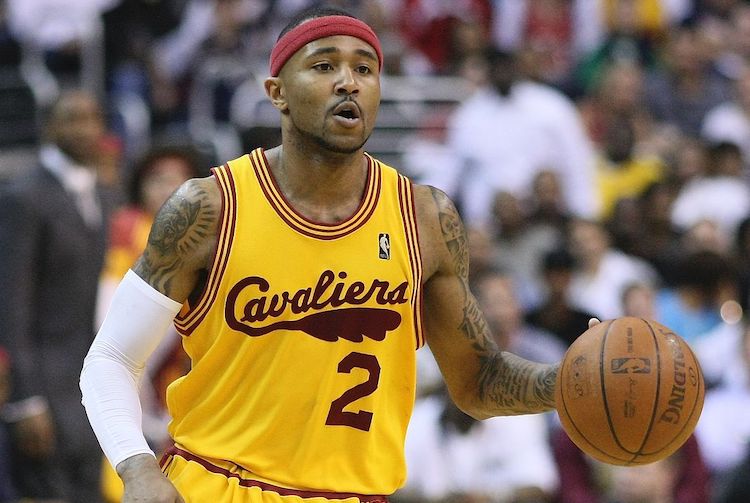
Williams owes his lone All-Star appearance to having LeBron James as a teammate. The Cavs had the best record in the East going into the break, and it’s unusual for the number one seed to have only one representative, hence his inclusion. This was despite many other more deserving options. James is also the main reason Williams won his only NBA title as a member of the 2016 Cleveland Cavaliers.
This was by far Williams’ best season of his entire career, but he still didn’t outshine other snubs. Over the course of the season, he averaged over 17 PPG, but the rest of his statistics were mostly pedestrian. He barely averaged 4 APG from the point guard position, which is a feat considering he could toss the ball to LeBron whenever he pleased.
23. Kenny Anderson (1994)

Anderson was great in college at Georgia Tech but failed to live up to the hype in his pro career. The guard with impressive handles played 14 years in the NBA while averaging only 12.6 PPG and 6.1 APG. While decent numbers, they’re not what you’d expect from a former second-overall pick.
His only All-Star appearance came in his third year in the league when he averaged just under 19 PPG and 10 APG. He got progressively worse thereafter until he retired.
22. Jameer Nelson (2009)

Nelson was a key piece for the 2009 Orlando Magic team that made it to the NBA Finals, but he wasn’t the talent many thought he’d be after winning the Player of the Year award during his last year at St. Joseph’s University.
Nelson was a dependable point guard, though he never averaged more than 16.7 PPG in any season in his career. After spending the first decade of his career in Orlando, he became more or less a journeyman thereafter, never being a difference-maker again.
21. Chris Kaman (2010)

Kaman had a solid campaign in his All-Star season, averaging 19 PPG and 9 RPG, but his exclusion from each of the three All-NBA teams is telling. That more so points to a player who looks better on the stat sheet than on the court.
In fact, he never averaged more than 30 minutes per game after his All-Star selection again. His minutes and stats continued to stumble drastically year over year until he retired in 2016 when he didn’t even average 10 minutes per game.
20. Dana Barros (1995)
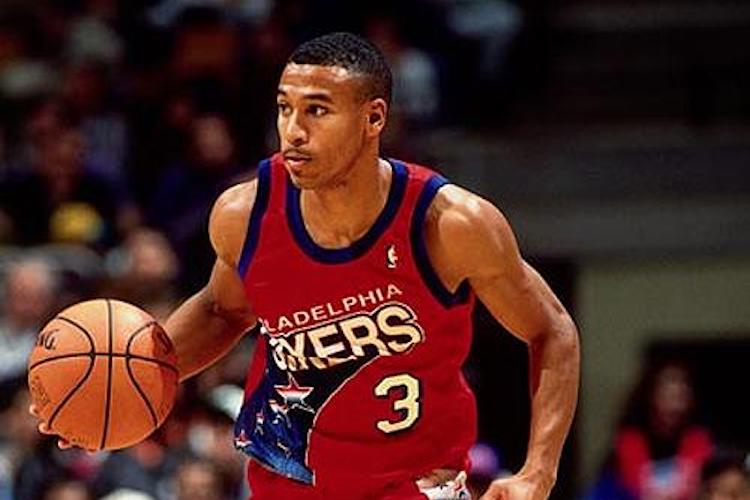
Barros, a one-year wonder, somehow managed a 13-year career. However, he was great during his special season, where he averaged 20.6 PPG and 7.5 APG. He even stroked 46.4% from three-point land.
Like many players on this list, he never really made a mark in other seasons. Barros didn’t average more than 13 PPG in any other campaign and was a bench player for the remainder of his playing days.
20. (Tied) Kenyon Martin (2004)
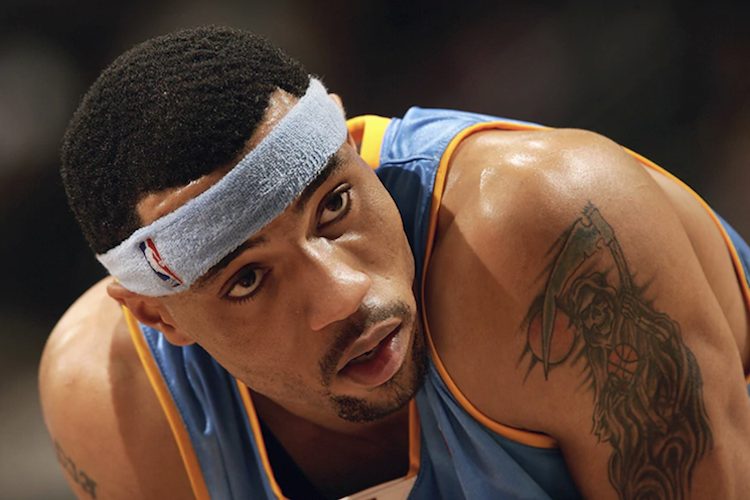
Martin’s only All-Star nod can be considered a pity invite. The former number-one overall pick from the Cincinnati Bearcats hardly lived up to the hype, especially since he shared the court with one of the best point guards ever, Jason Kidd, for the early part of his career.
While Martin brought the energy night in and night out, he never really stuffed the stat sheet. He also wasn’t a true game-changer on either side of the ball.
19. Hersey Hawkins (1991)

Older basketball fans likely recall Hawkins as the main shooter on the Sonics teams that were led by Payton and Kemp. However, he was actually in Philly when he got his All-Star selection. Hawkins averaged an impressive 22.1 PPG during his All-Star season.
Unfortunately, he was never that productive again, as he only averaged above 20 PPG one other time. While Hawkins was a solid middle-tier player, he was by no means among the best.
18. Zyrdunas Ilgauskas (2003, 2005)
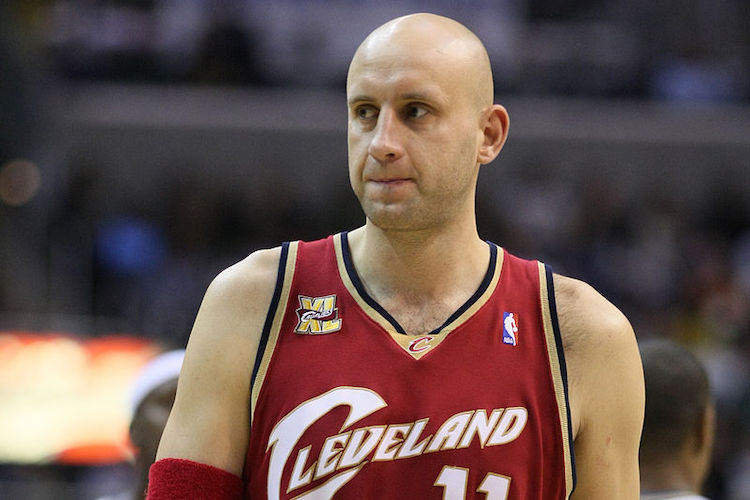
Ilgauskas benefited more from the lack of big-man depth in the Eastern Conference during his prime. He was an All-Star twice, mostly because the East lacked any skilled centers. It could be argued that Ilgauskas was never a top-5 big at any point in his career.
Another Cavalier who likely stayed relevant longer thanks to LeBron James, Ilgauskas spent nearly his entire career in Cleveland. His only season away from the team in the NBA was his last one with the Miami Heat in 2010-2011.
18. (Tied) Jeff Teague (2015)

This particular 60-win Atlanta team treated its fans to a magical run. Consequentially, it also delivered some undeserving All-Star selections. The Hawks had four players make the team, including Teague. This marked the only time in his career that he made the team. It was also the only time that his teammate, Kyle Korver made the team, too. At least Korver is known as one of the greatest three-point shooters ever.
Teague has been decent during his career but has declined as time wears on, maybe in part due to various injuries. It’s a long shot, but since he’s still playing, Teague could potentially make another All-Star team.
17. Tyson Chandler (2013)
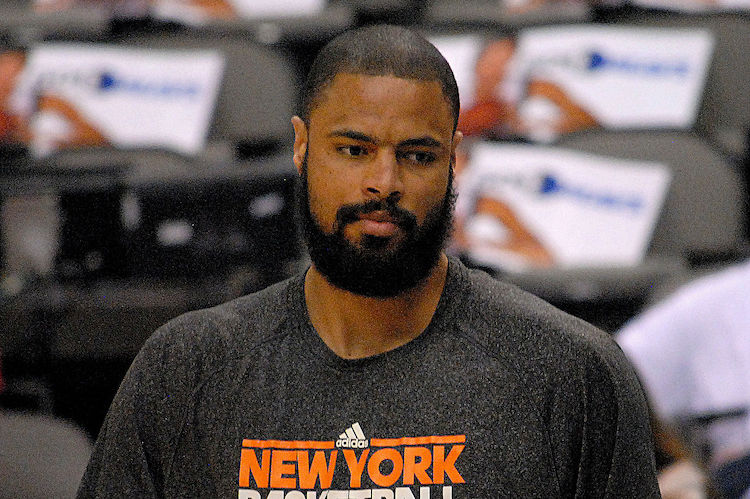
Chandler has had a good, but not great career. Since being drafted by the Bulls out of high school way back in 2002, he has been known as a rebounder and rim defender. He’s even an NBA champion from when he won it with the Dallas Mavericks in 2011.
Never really known for his offense, Chandler made his first All-Star team at the age of 30 during the 2012-2013 season with the New York Knicks. While he was averaging over 11 RPG at the time, he also only averaged that same figure in points.
16. Kevin Garnett (2013)

One of the all-time greats, Garnett grew from a skinny prospect into a defensive force and well-rounded offensive player who dominated the association during the prime of his career. He even won a championship after Minnesota traded him to Boston.
By the time he was 36 years old in 2012-2013, he was not that same dominant player. When Garnett made his last All-Star team, he averaged just 15.1 PPG, 7.7 RPG, and 30.3 minutes per game for the Celtics. Those are not All-Star numbers, but his name recognition got him onto the team regardless.
16. (Tied) Tim Duncan (2011)
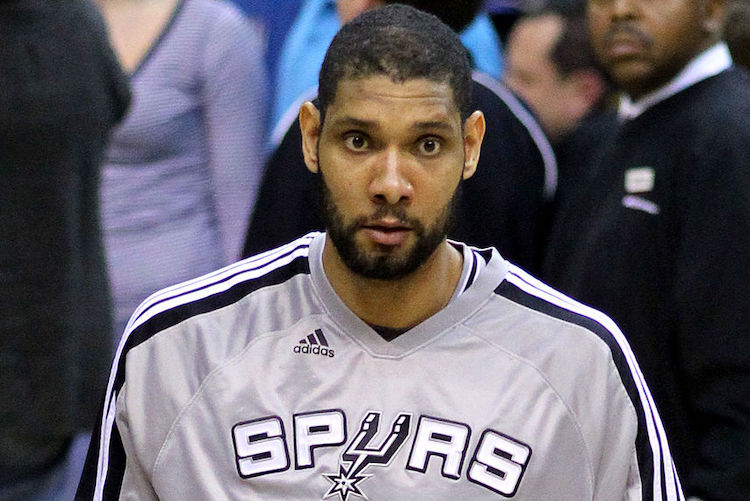
Similar to the aforementioned Garnett, Duncan is one of the best players ever. However, by 2010-2011, his numbers fell off a cliff. At 34 years old, Duncan didn’t even average 30 minutes for the Spurs and also averaged only 13.4 PPG and 9.2 RPG.
San Antonio was one of the best teams in the NBA that year, which likely was a big reason why he made the team. The lifetime Spur was in the middle of helping to lead the team to more than 20 straight playoff appearances. He finished his decorated career as a five-time champion, not to mention a fifteen-time All-Star.
15. Nick Van Exel (1998)

Van Exel had some good years in the NBA. They occurred mainly during stints with the Lakers and Nuggets. Weirdly enough, it was actually one of his worst years when he made his only All-Star team.
In 1997-1998, Van Exel averaged 15.3 PPG and 7.7 APG on an unsightly 41.6% shooting going into the All-Star game. Nonetheless, he was one of four Lakers players to get onto the West team.
14. Steve Francis (2004)
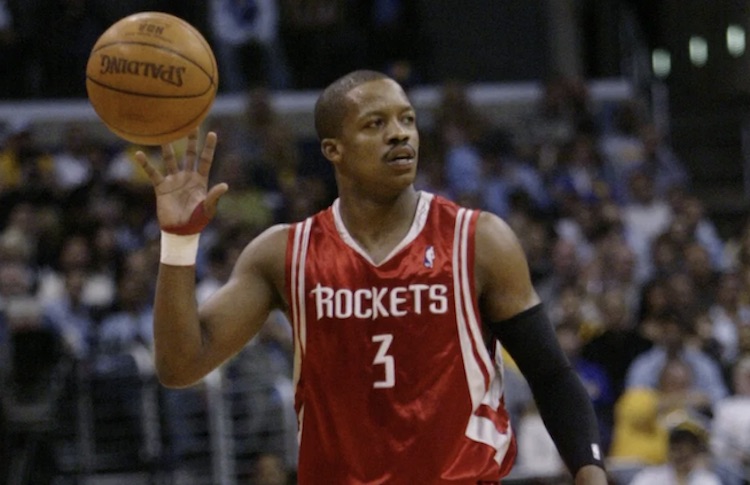
Over his career, Francis was a three-time All-Star. One of those All-Star seasons wasn’t very worthy. He was voted in by the fans in 2003-2004, when he had averages of 16.9 PPG and 5.9 APG while shooting just 40.3% from the field at the time. Either Sam Cassel or Steve Nash would’ve been better choices.
It was the last time Francis was an All-Star. His career went south thereafter and he was done in 2008, but not before he returned to Houston for a mini farewell tour in his last season.
14. (Tied) Kyle Korver (2015)
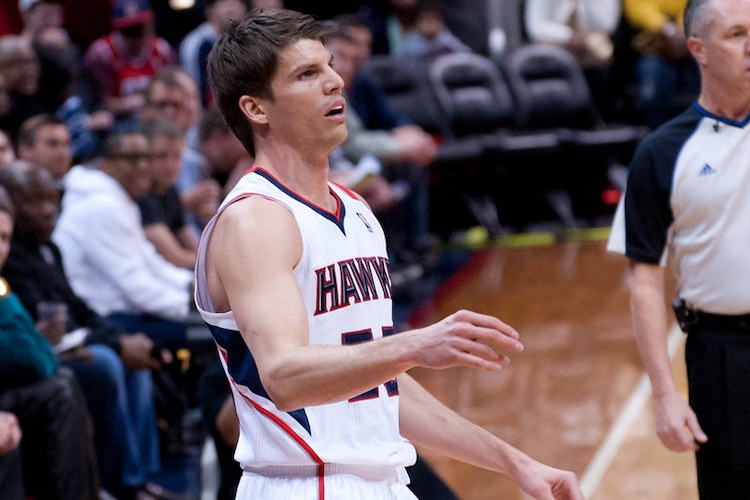
Korver was viewed as a shooter from a small school before he was drafted in the second round of the 2003 draft. That was pretty accurate. Korver has used his skillset to build a lengthy career, developing into one of the best shooters ever. He has led the NBA in three-point percentage three times.
2014-2015 was one of the seasons where Korver led the NBA in three-point percentage, and he was draining 52.3% of his threes going into the break. He snuck onto the All-Star team while only averaging 12.7 PPG and 4.3 RPG.
13. Lionel Hollins (1978)

The former head coach and current assistant for the Lakers was the starting point guard for Portland when the team won its only NBA title in 1977. Teammate Bill Walton helped push the young Hollins into the spotlight. Following the title season, Hollins went on to make the All-Star team.
Hollins actually made two All-Defensive teams over his career, but his career was mediocre overall. Perhaps Portland thought the same, as he was traded just two years after helping them win it all.
12. Kevin Willis (1992)
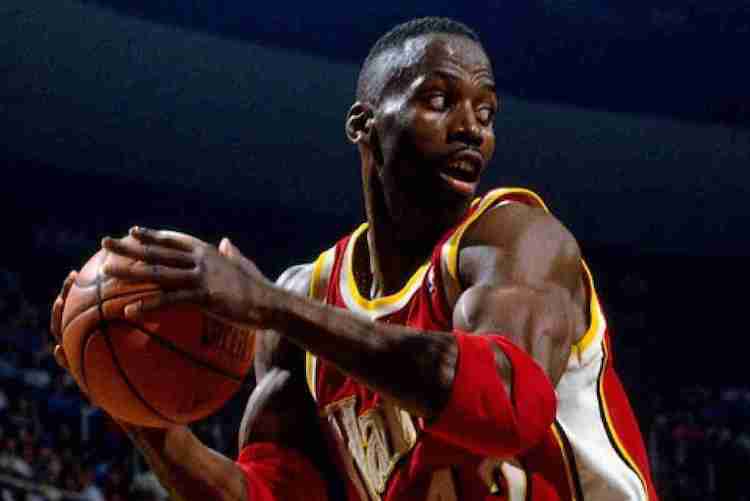
Willis was a decent NBA rotation player for an incredible 23 seasons. To put that into perspective, he was drafted in the same class as Hakeem Olajuwon and Michael Jordan and retired the year prior to Greg Oden and Kevin Durant being selected.
There were a few good seasons throughout Willis’ tenure, including his All-Star year. In that season, he scored 18.3 PPG and tallied 15.5 RPG. It was a bright spot for the journeyman, as his career was far more pedestrian when you exclude that season.
11. Mark Eaton (1989)

Eaton, known for being 7’4”, was one of the NBA’s best shot blockers for more than a decade. He wasn’t much more than a big man who could protect the rim, but he did lead the association in blocked shots per game four times in his career. He also finished with an average of 3.5 blocks per game over 11 seasons.
When it came to offense, he never averaged double-digits in scoring over a full season. At the time of the All-Star game in 1989, Eaton was averaging a mere 6.1 PPG. He may be the least impressive scorer in All-Star game history. It helped him to play alongside Karl Malone and John Stockton.
11. (Tied) Allen Iverson (2010)

An example of a player making the All-Star team based on his name alone, Iverson was barely hanging onto his career in 2009-2010. He began the campaign by playing only three games for the Memphis Grizzlies before going to play for the Philadelphia 76ers for a farewell tour.
The fans voted Iverson onto the All-Star team that year, even though he hadn’t played a whole lot and didn’t have great stats. He played in only 28 games, averaging 13.8 PPG and shooting 43% from the field. He was injured at the time, so he didn’t even play in the All-Star game.
10. Kobe Bryant (2014, 2016)

In 2013-2014, Bryant started the downward spiral to end his storied career. He began the season around a month late, played six games, and then tore his ACL. As a result, he missed almost the entire season, averaging just 13.8 PPG in those six games. Even though he couldn’t play, the fans still voted him into the All-Star game.
However, 2014 wasn’t even the worst All-Star selection for him. His worst was in his final season. Bryant was shooting a horrid 34.9% from the field in the first half of the season, but he was still averaging nearly 17 PPG simply due to volume shooting. Nevertheless, he found himself playing significant minutes in his final All-Star game in 2016.
9. Theo Ratliff (2001)
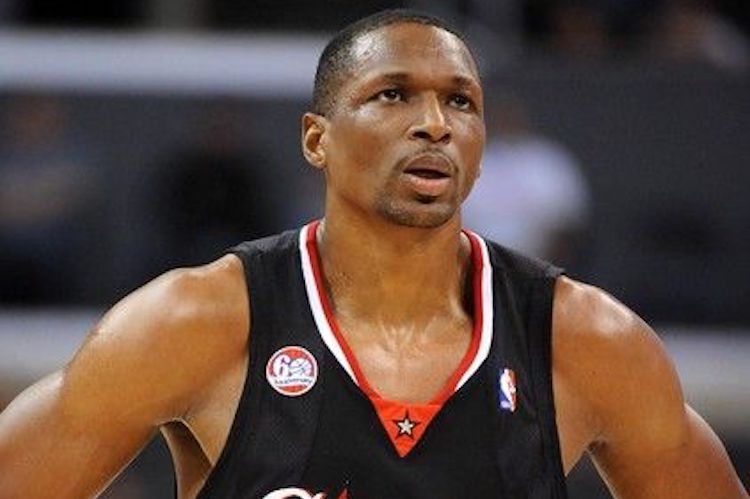
Ratliff is another player who owes his All-Star selection to a teammate. In this case, he should thank Allen Iverson. It was the peak of Iverson’s first stint in Philly. The Sixers were the number one seed in the East, and eventually made it all the way to the NBA Finals where they lost to the Lakers.
During that special season, Ratliff made the East roster as a reserve. He was basically a glorified shot blocker who passed to Iverson on the offensive side of the ball. He was definitely a key player on his own team, but definitely not an All-Star.
8. Rickey Green (1984)
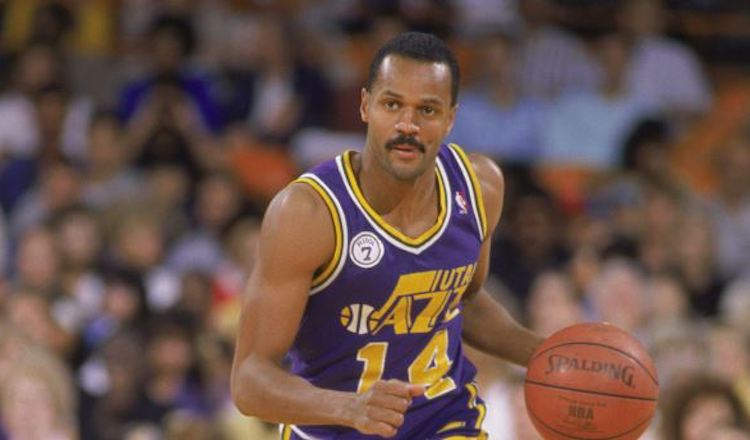
Green actually put together a respectable All-Star season. The point guard posted solid numbers across the board, averaging 13.2 PPG, 9.2 APG, and a league-leading 2.7 steals per game. Green is on this list because of the rest of his career.
He was relegated to bench duty only four years after his lone All-Star appearance. His career-high average for a season was only 14.8 PPG. The Utah Jazz didn’t become a powerhouse until after Green left and John Stockton took over, so it’s hard not to include him in the rankings.
8. (Tied) Bill Cartwright (1979)
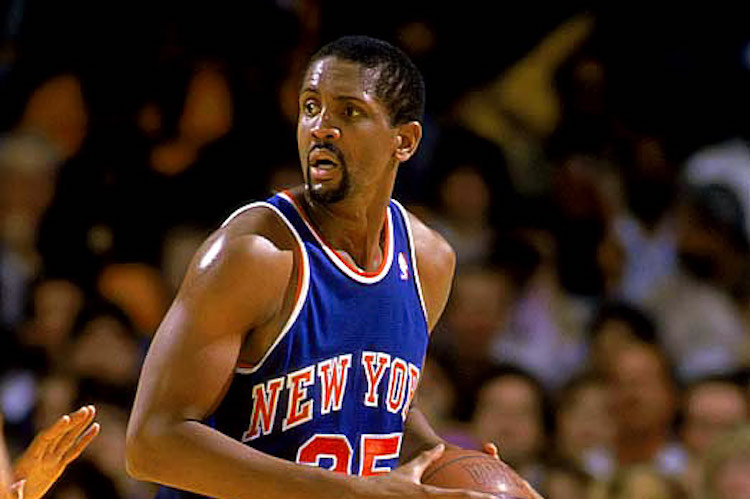
Cartwright made the All-Star team in his rookie season, which is quite impressive. The 7’1” big man had a lot of hype coming out of the University of San Francisco. He was picked third by a terrible Knicks team and stepped into an immediate significant role.
He played well, averaging 21.7 PPG and 8.9 RPG. Shockingly, those went on to be the best season averages for his entire career in those categories. While they would eventually win three titles as a member of the Bulls dynasty, he never played a major role for them.
7. Jayson Williams (1998)
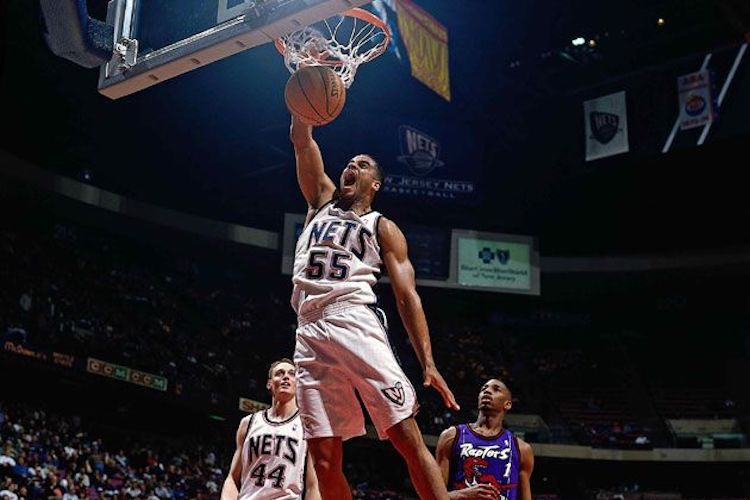
After he was selected in the first round of the 1990 draft, Williams just couldn’t find his groove in the NBA. The Sixers gave up on the 7” center only two years thereafter. Finally, in 1998, Williams started to get in sync. He was second in the league with 13.6 RPG and helped the Nets win 17 more games than the previous season. He was selected to the All-Star team alongside his teammate, Jason Kidd.
Things went south from there. Williams would only play one more year in the pros before getting convicted of manslaughter and ending up in prison. All in all, he had career averages of just 7.3 PPG and 7.5 RPG.
6. Don Buse (1977)

Buse was a pest on the defensive side of the ball and got on the nerves of opposing guards. In his final year in the ABA, he averaged 4.1 steals per game. However, he didn’t quite have the talent necessary to excel as a point guard in the NBA.
Despite having the ball in his hands on nearly every play, Buse still managed to score a paltry 8.0 PPG during his All-Star season. While he did average 8.5 APG that year, his 41.6% shooting from the field left more to be desired.
6. (Tied) Mehmet Okur (2007)
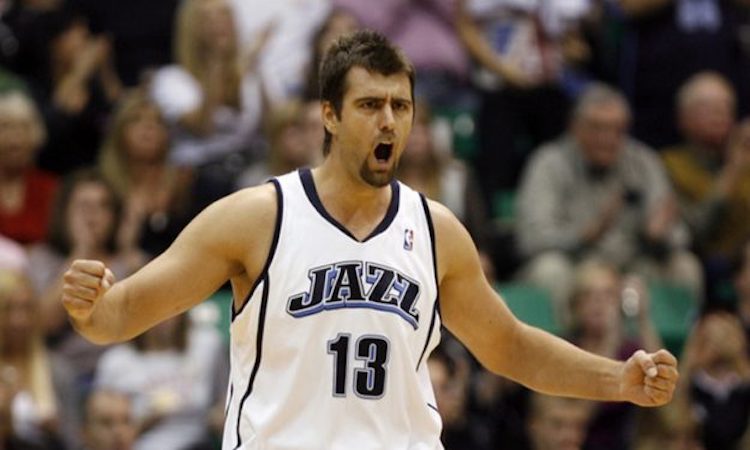
Okur had lots of skill, especially for somebody who was nearly 7 feet tall. Even with that, he was barely relevant enough to be considered for an All-Star selection. He was a stereotypical European big man, which meant he liked to shoot threes too much and wasn’t physical.
Similar to the way Zyrdunas Ilgauskas made his All-Star games, the West just needed a center for its team. This time, though, it was due to the injury of other players. Okur was the best option, in part thanks to averaging 17.9 PPG and 7.5 RPG at the time.
5. Wally Szczerbiak (2002)

Before Kyle Korver, there was Wally Szczerbiak. He was a player who loved to launch from deep, and he got voted onto the All-Star team by the coaches for only that reason. In that year, he was scoring 19.1 PPG but didn’t offer much else outside of scoring.
While he did piece together double-digit scoring averages throughout much of his career, Szczerbiak was a disappointment for a sixth-overall pick. He played for a decade and was never a difference-maker for any team he was a part of.
4. (Tied) Vlade Divac (2001)

Divac was a household name for most of his career, if not just for his flopping. He had some strong seasons for the Los Angeles Lakers and Sacramento Kings, but the only time he actually did get to play in the All-Star game, he was having a mediocre season by his standards.
Going into the All-Star break, Divac held averages of 10.4 PPG and 7.8 RPG. The West already had Karl Malone, Shaquille O’Neal, David Robinson, Kevin Garnett, Tim Duncan, Rasheed Wallace, Chris Webber, and Antonio McDyess on the team. Another big man was not needed, so it was a head-scratcher when Divac got onto the team as an injury replacement.
4. (Tied) Anthony Mason (2001)
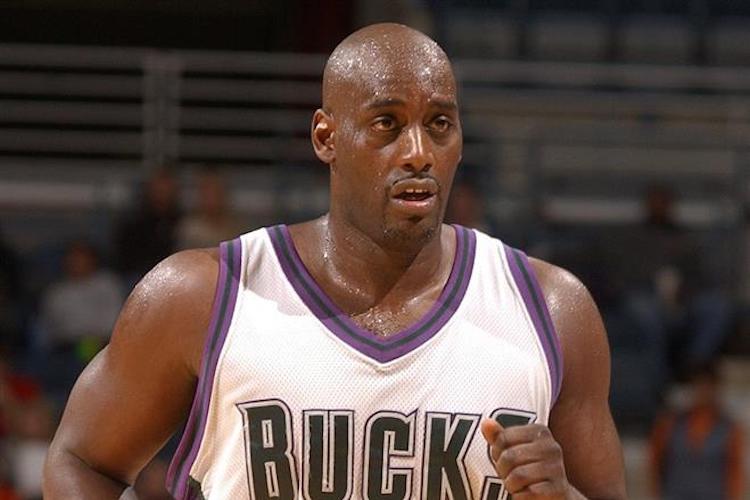
Mason had a long 13-year career after initially getting his shot as a third-round draft pick in 1989. He was never a huge offensive threat, with a weird jump shot that was inconsistent, but he hustled on defense and grabbed boards.
Perhaps it was his hustle that won over the fans, who voted him onto the All-Star team. It also could’ve been his hairstyles, which were always unique. He averaged 15.5 PPG and 9.6 RPG heading into the break that year, while several other players with better stats didn’t get his spot.
3. Tyrone Hill (1995)

Cleveland’s Hill was a quality forward throughout his career, but he always left a lot to be desired in the stats department. Hill did average career highs in points and rebounds in his All-Star season, but 13.8 PPG and 10.9 RPG were nothing to write home about.
In fairness to Hill, this was definitely the best season of his career. However, there were several other players who deserved his spot. The coaches still voted him onto the team anyway. It’s only fitting that he managed to play just six minutes in a blowout loss for the East.
2. Chris Gatling (1997)

After failing with the Warriors early in his career where he averaged 9.6 PPG and 5.3 RPG in only 18 minutes per game during the stint, Gatling landed on a horrendous Dallas Mavericks team where he put together 19.0 PPG and 7.9 RPG and made the All-Star team.
He was traded to New Jersey the next year, got hurt, and then managed to start only 26 more games over the rest of his career. He averaged 9.8 PPG and 5.1 RPG over his last five seasons, very similar to how he started with the Warriors.
Honorable Mention – Brad Miller (2003, 2004)
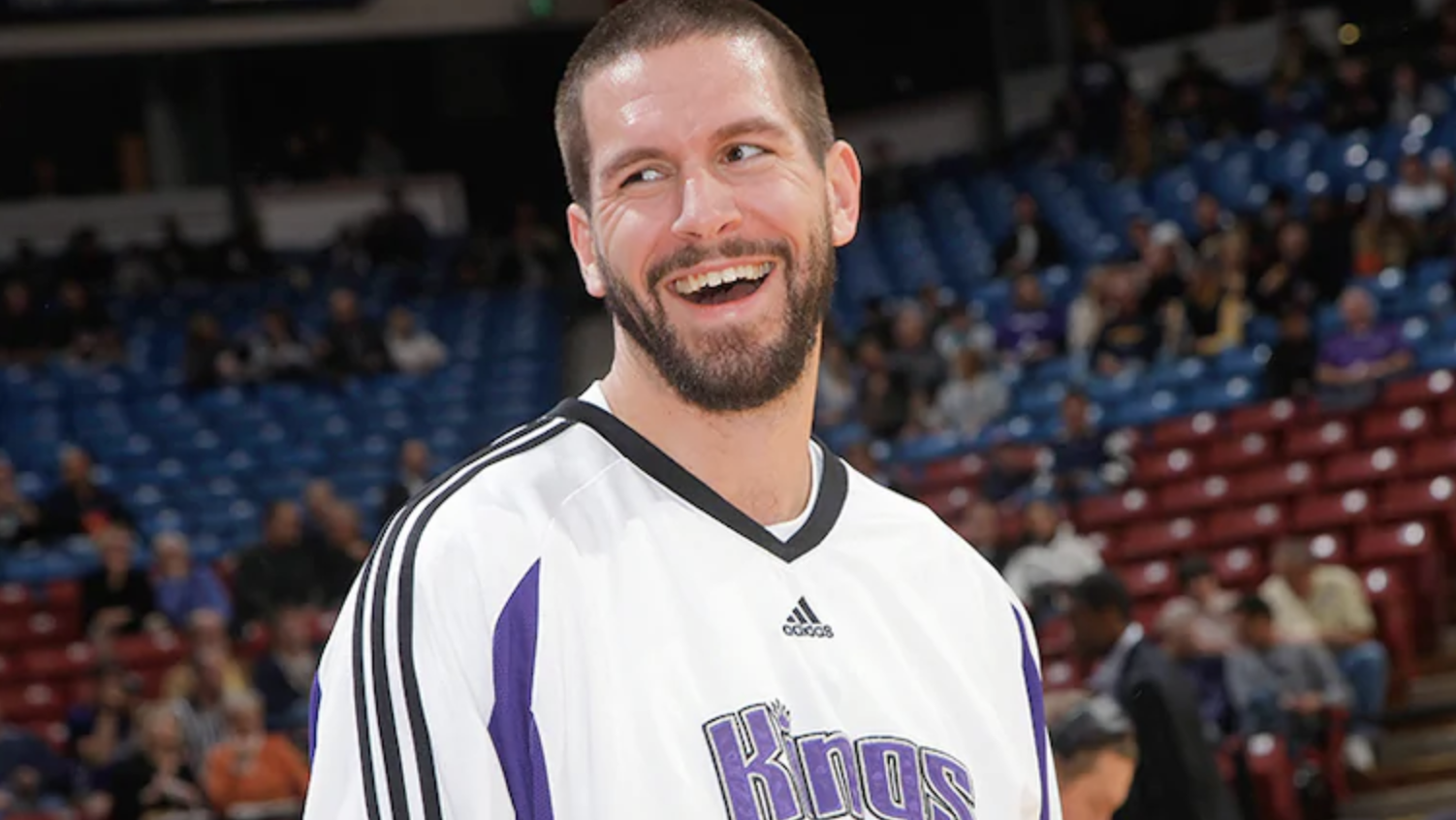
An undrafted player, Miller burst onto the scene in 2003 with the Indiana Pacers. He was averaging 13.9 PPG and 8.6 RPG, which aren’t bad numbers, but also not All-Star numbers.
He bested himself the very next year when he made the team yet again. This time, he was playing for the Sacramento Kings. Considering that Miller was getting 36 minutes per night, his 14.1 PPG and 10.3 RPG look far less impressive.
Honorable Mention – Dale Davis (2000)
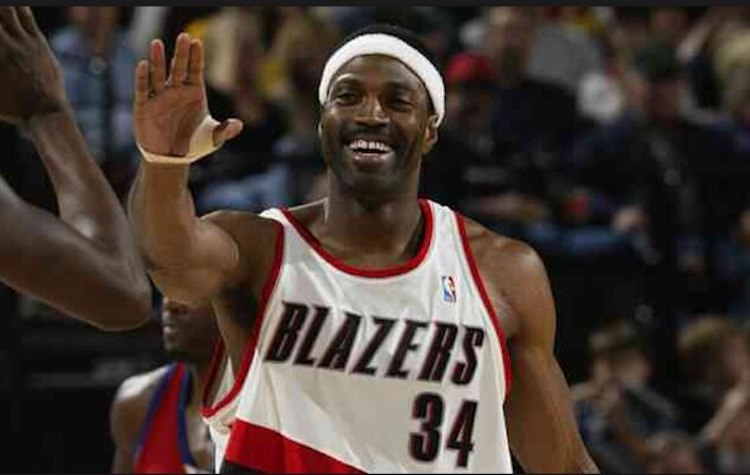
Davis was a crucial player in Indiana’s rotation for nine seasons. In his All-Star season, you could argue that he wasn’t even one of the best on his own team, yet he was still voted in to play by the coaches.
He was a grinder who scored almost all of his points on put-backs and dunks but didn’t have the skill set of a premier big man. Through the All-Star break in 1999-2000, Davis averaged 11.2 PPG and 10.1 RPG. The question of why Davis made the All-Star team with those numbers is a question nobody can answer.
Honorable Mention – A.C. Green (1990)
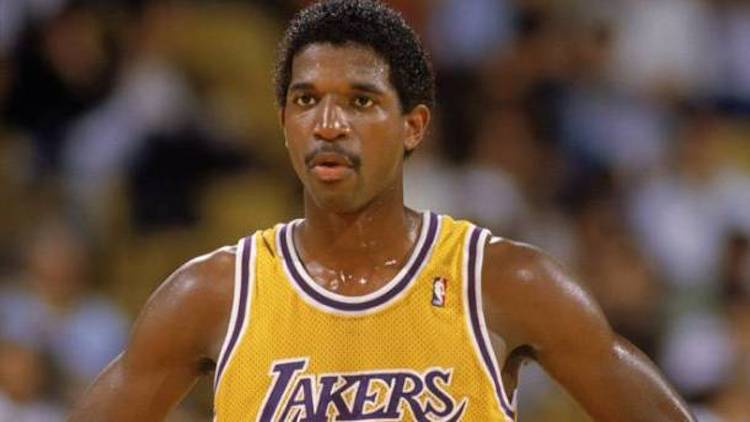
Best known for his durability, Green sat out just three games over the course of his entire 16-year career. He also won three championships with the Lakers. Both those facts make up a rather appealing resume, but Green also has “All-Star” on that resume.
He went into the All-Star game with averages of 13.3 PPG and 9 RPG, which were nothing special. Thanks in part to having Magic Johnson and James Worthy as teammates, Green was basically a quality role player on his own team. Regardless, the fans still voted him onto the team.
Honorable Mention – B.J. Armstrong (1994)
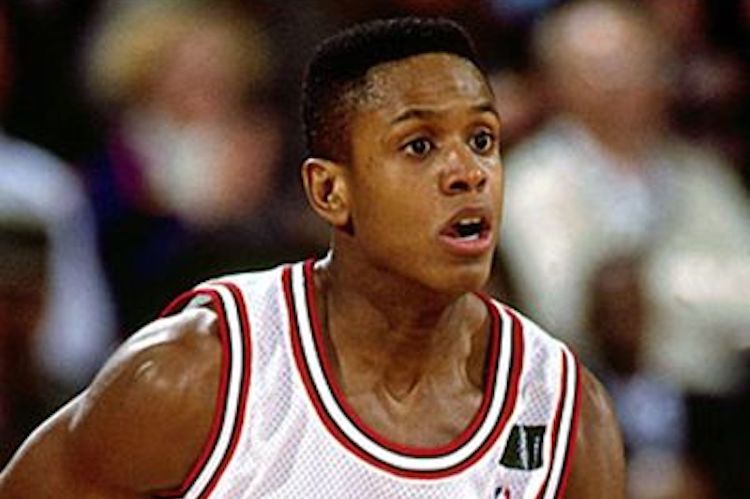
Armstrong, a three-time NBA champion, was the most athletic point guard to play with Michael Jordan, although Jordan could have carried any point guard to the NBA finals during his era. He didn’t need his point guards to play a major role, and Armstrong never did. Everybody was a Bulls fan during this era, so the fans voted Armstrong in as an All-Star when Jordan left for baseball.
Since Jordan was gone, that meant a bigger role for Armstrong, who averaged 15.8 PPG and 4.1 APG in the first half of the season. Those are good numbers, but not All-Star numbers. Also, he still had Scottie Pippen and Horace Grant as bigger names than him on his own team.
Honorable Mention – Kevin Duckworth (1991)

Duckworth made two All-Star teams with the Portland Trail Blazers, but one in particular was really undeserved. The only reason he even made the squad in 1991 was because Hakeem Olajuwon was injured and the coaches voted Duckworth in.
He was a one-sided player who excelled on the offensive end but really lacked on defense. That imbalance kept him from being a great player. It’s a mystery how a 7-foot-tall guy can’t even average 6 RPG or a block per game over his career.
Honorable Mention – Christian Laettner (1997)
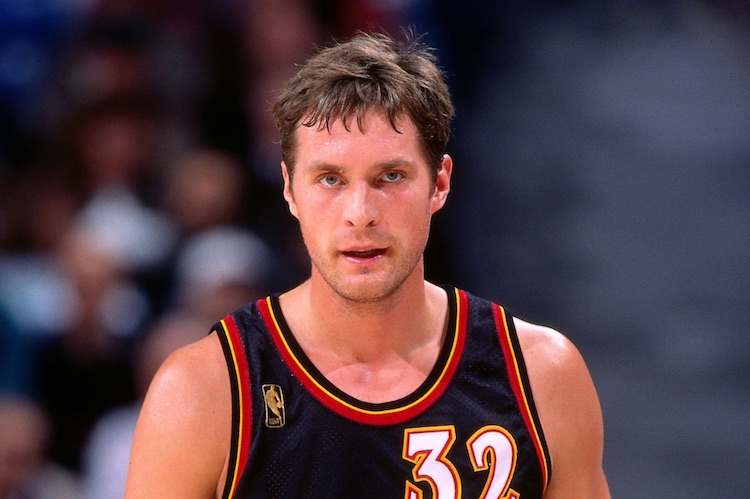
At one point in time, Laettner was the most hated player in basketball. He was also a big-name prospect who was part of the 1992 Olympic “Dream Team.” Laettner was the third pick in the 1992 draft and looked to be the real deal when he averaged 18.2 PPG and 8.7 RPG as a rookie.
Years down the road, Laettner finally secured an All-Star spot when he was voted in by the coaches. It was all downhill from there, though. In 1999, he was traded to Detroit and missed nearly the entire season due to injury. Laettner went on to average a sorry 9.3 PPG and 5.5 RPG over the next eight years until he hung up the shoes for good. It’s clear Laettner peaked in college when he won two titles.
Honorable Mention – Roy Hibbert (2014)
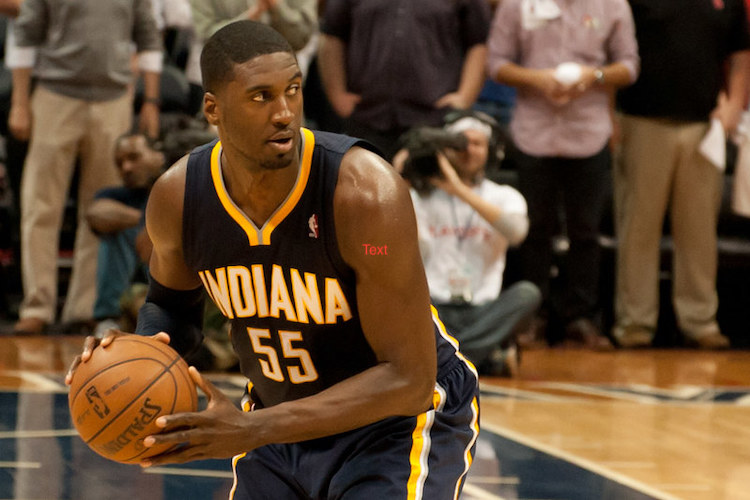
Indiana’s Hibbert appeared to be one of the best centers in the league at one point, but part of that had to do with there being a lack of skilled centers at the time. His relevance was due to the Pacers being one of the best in the association, and the sole competitor to LeBron James’ Heat in the East.
While he ended up making two All-Star teams, the 7-footer averaged only 10.8 PPG and 6.6 RPG when he made it in 2014. For a player with such strong post skills, Hibbert never reached his ceiling. He was completely out of the league only three years later and is still not even 34 years old today.
Honorable Mention – Antonio Davis (2001)

It took a lot of breaks for Davis to be an All-Star. First, he was traded from a contender where he had a reserve role to an up-and-coming team where he got to start. Next, he was teammates with Vince Carter, who made everyone on the team better. Lastly, an unheard-of four All-Stars were replaced due to injury in 2001, with Davis being one of the replacements.
That season, he averaged 13.3 PPG and 10.9 PPG in the first half, but that clearly wasn’t good enough to be an All-Star at first. In fact, Davis received the fewest fan votes among every player who played in the All-Star game that year.
Honorable Mention – Jamaal Magloire (2004)
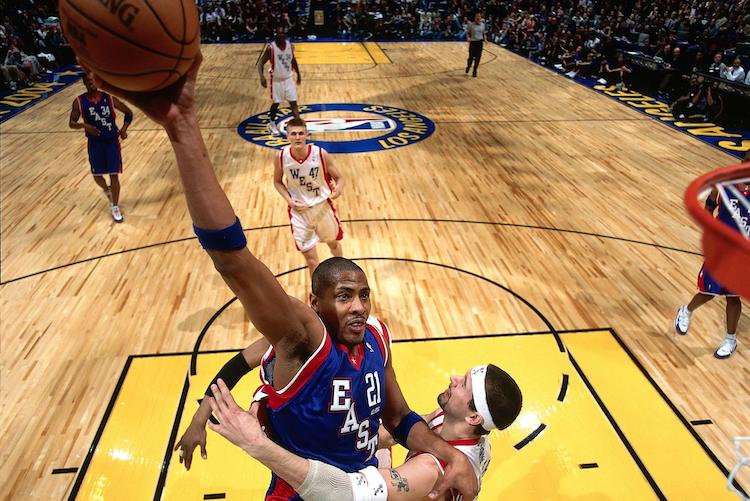
Magloire benefited from geography. Again, there was a lack of great centers in the Eastern Conference in the early 2000s. For that reason, he was named to his first and only All-Star team. He was averaging 12.1 PPG and 9.4 RPG, which were decent numbers, but not even the best at his own position. Carlos Boozer had better stats, but was left out.
The West was stacked with big men, such as Tim Duncan, Kevin Garnett, Dirk Nowitzki, Shaquille O’Neal, Karl Malone, and Pau Gasol. Magloire averaged only 7.2 PPG and 6.5 RPG over the course of his career. Those are stats the other well-known big men could get in one-quarter of play.
Honorable Mention – Yao Ming (2011)

Ming was a worldwide phenomenon that everybody wished to play longer. He rose to stardom with the Houston Rockets as a rookie in 2002-2003 and was an All-Star every season in which he played. This was mainly due to his huge fan base in his home country of China. All of the fan All-Star votes over the years ended with Ming being one of the worst selections in history during his final season.
After he sat out the entire prior year with a foot injury, Ming attempted a comeback. He ended up only playing in five games before his season ended, which also happened to be the end of his career. This wouldn’t be so bad of an All-Star selection if Ming at least played out the season (or the previous season), even if he was bad. To be considered an All-Star for playing in five games over the course of two seasons is absurd. Finally, here’s No. 1…
1. James Donaldson (1988)
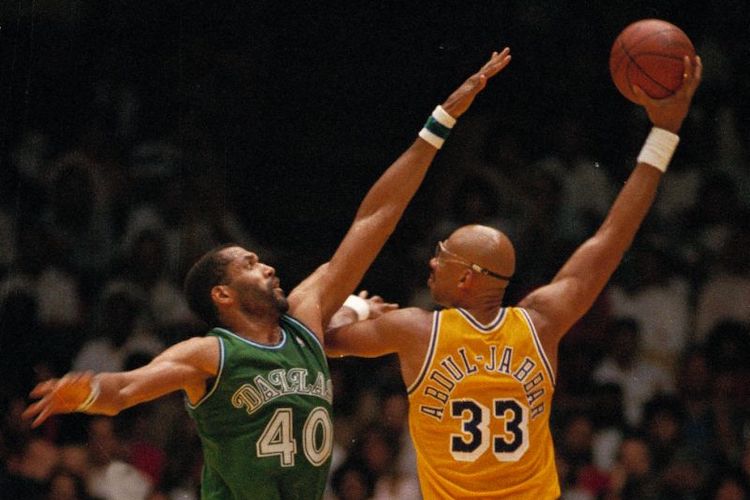
If you’re like most fans, you probably need a refresher on who James Donaldson even was. He was 7’2” and played center for the Dallas Mavericks when he made his All-Star team. Not once in his entire 13-year career did Donaldson even average 12 PPG. Also, it’s incredible that a man of that size could only muster an average of 10+ RPGs over the course of a season twice.
He wasn’t a particularly bad player, but he was nowhere near an All-Star-level talent. Somehow, the coaches picked him to represent the West when he only averaged 7.0 PPG and 9.3 RPG. Those aren’t All-Star numbers or even starter numbers. Those are backup numbers. Maybe the All-Star nod would make sense if he was a decorated old-timer like Kobe Bryant, Allen Iverson, or even Yao Ming, but that’s simply not the case here.
